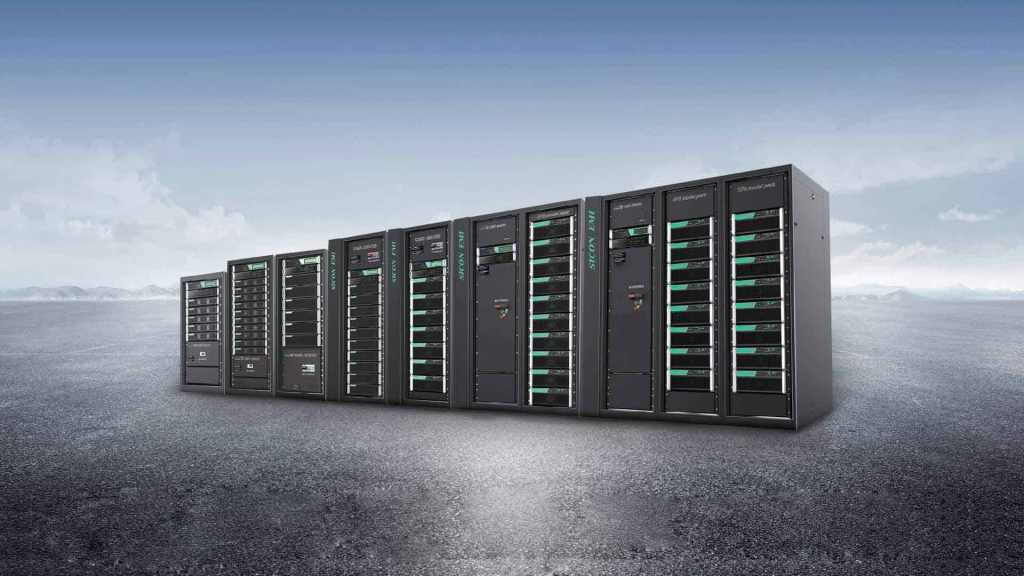Energy storage is an essential key element in building a new power system. Building a new power system requires a shift from “source-grid-load” to “source-grid-load-storage”. Energy storage is a crucial link and important driver for energy structure transformation, and accelerating the development of the energy storage industry is vital to building a clean and stable energy supply system and a healthy and safe energy consumption system.
Energy Storage in Power Systems
Energy storage is essentially a solution to the problem of energy supply-demand mismatch. It is crucial for coupling energy production and consumption, and has functions such as balancing real-time power, improving power system capacity factor, and transferring energy.
- On the power generation side, energy storage systems can improve the imbalance between new energy output and load in time and space, reduce wind and solar power curtailment, and improve the ability to accommodate new energy.
- On the grid side, energy storage systems can reduce the need for grid expansion, lower grid construction costs, and enhance grid security and stability.
- On the user side, energy storage systems can bring peak-to-valley price arbitrage, reduce electricity costs, and distributed energy storage can also improve users’ control over electricity.

Characteristics and Requirements of Renewable Energy Storage Systems
In a new power system dominated by renewable energy, both solar and wind power have instability at different time scales. In the millisecond to minute time range, solar and wind power can experience drastic fluctuations in power due to weather factors, which can have a short-term impact on power balance and frequency stability of the grid. In the tens of minutes to several hours range, solar and wind power output is uncontrollable and cannot track the grid’s power generation plan or respond to grid scheduling. In the range of several hours to several days or even across seasons, solar and wind power output is influenced by climate change, resulting in long-term fluctuations in energy output that do not match the social energy demand, making it difficult to ensure stable and reliable energy supply throughout the year. For example, solar power generation in northern China can differ by twice between winter and summer, with a larger energy gap in winter if the energy demand is met during summer.
Therefore, energy storage systems also need to meet the requirements for storing energy at different time scales: to meet the energy storage needs in the millisecond to minute range, it is necessary to focus on smoothing wind and solar power output and grid frequency regulation; for the energy storage needs in the tens of minutes to several hours range, it is necessary to focus on improving the integration of solar and wind power, and peak shaving of the grid; for the energy storage needs in the range of several hours to several days or even across seasons, it is necessary to focus on long-term and large-scale energy shifting to ensure energy security.
